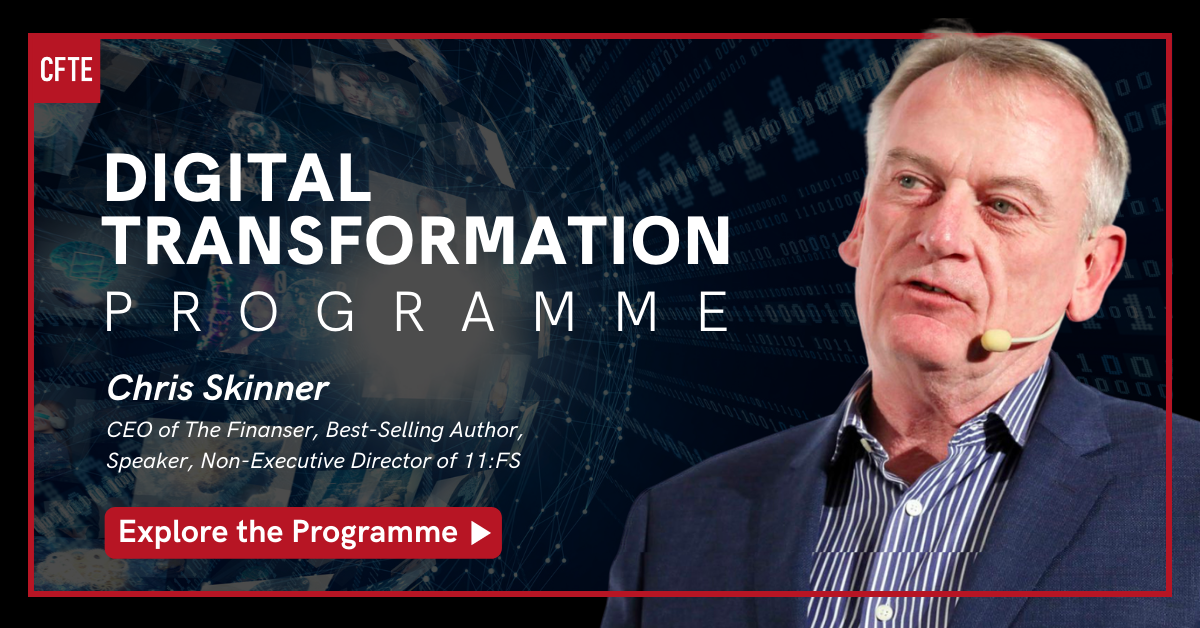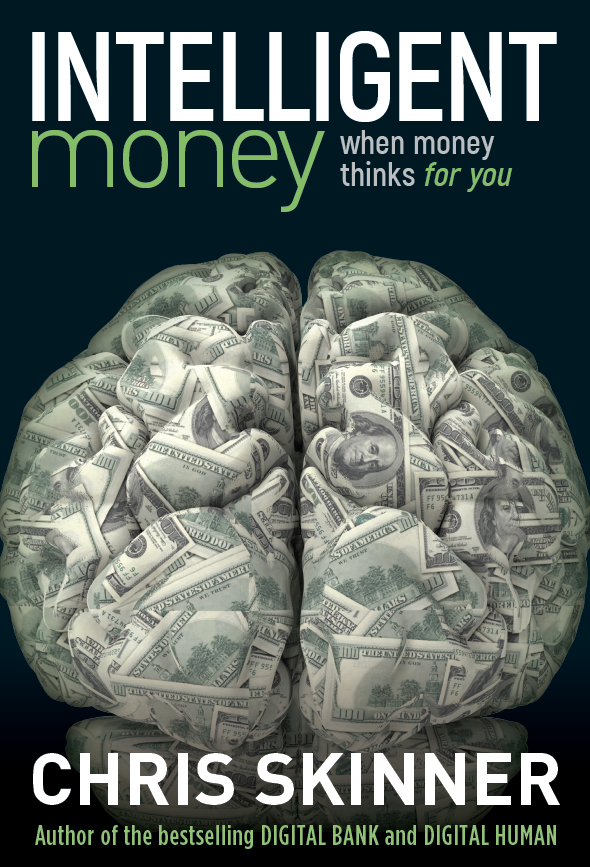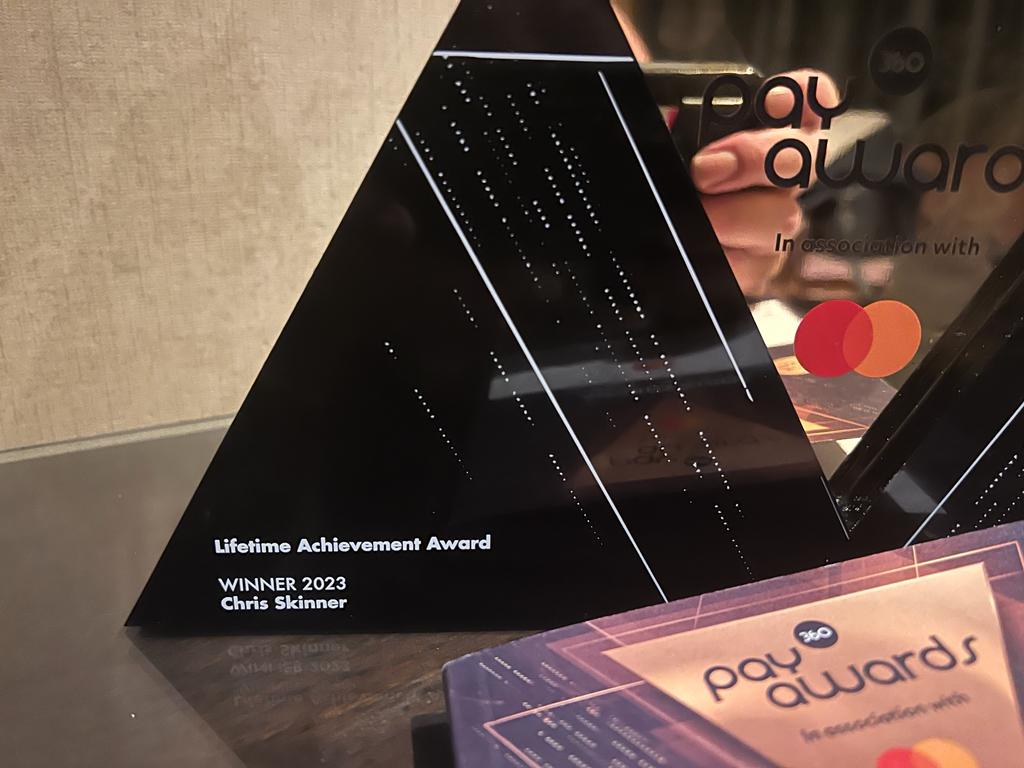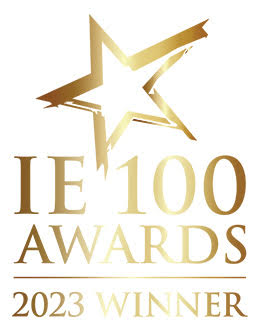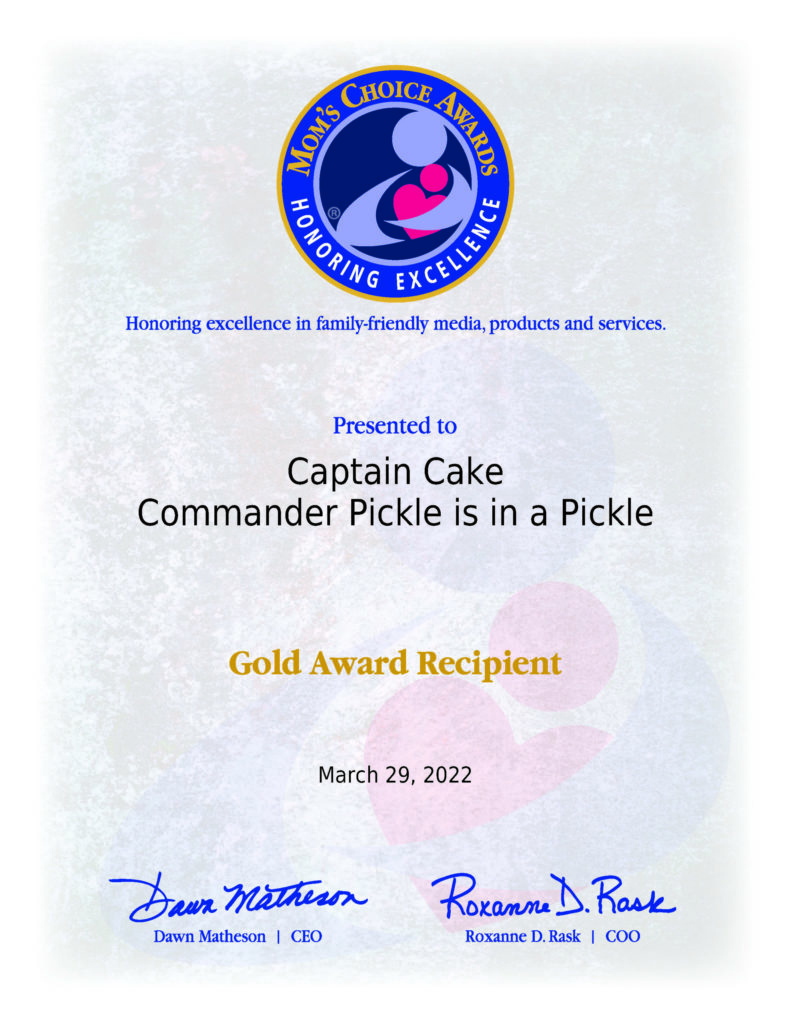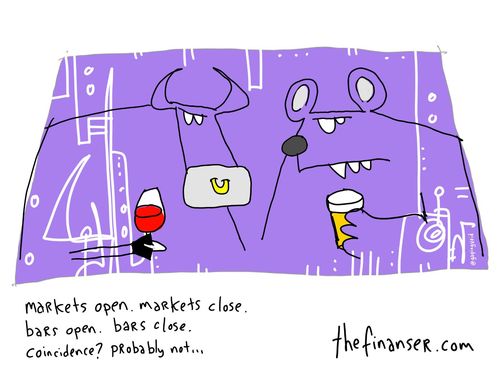I’m working on a technology in banking conference with a client that’s had me chair their meetings for some years now.
As they discussed the program for this year, they asked me for the theme and what sort of topics we need to cover.
I immediately thought we should look at information leverage through Big Data analytics, and make sure we cover all the topical things like PFM, social media, mobile and tablet computing, cloud computing, biometric security and such like.
The things that are regularly discussed in this blog and at events like Finovate.
As I went through these details the client looked at me at one point and said: “aren’t these all the same things we spoke about last year?”
Oh.
We then took out last year’s agenda and sure enough, everything was pretty much the outline given above.
Same stuff.
Oh.
But then I realised that most of this stuff has been discussed for the last five, ten or even twenty years in some way or other.
You may not think so, but Big Data was the dialogue of Teradata in the 1990s; mobile WAP was being debated in the 1990s; internet banking with easy use was being discussed in the 1990s; biometric authentication was all the rage in the 1990s; and so on.
The difference is that these things have matured today, so that they are far easier to deploy into mainstream banking.
The consumer can now create and program their own bank profiles using widgets and apps which, in the 1990s, we called object-based architecture and component-based systems.
In other words, we are just seeing evolutions of basic architectures becoming increasingly simplified through the generations.
That’s why many say that cloud computing is just mainframe based systems provided over the internet.
It isn’t anything new, just better.
Put it that way, and you can see a lot of things that aren’t new, just better.
Microwave cooking isn’t new, just a faster way of cooking.
HD TV isn’t new, just a better way of watching TV.
So the real point is that there isn’t necessarily a radical newness to the things we see in banking today - PFM, social media, mobile and tablet computing, cloud computing, biometric security and such like – but what we see is a radical evolution of how these come together into the hands of customers.
The customer is now far more in control of these capabilities, as the technology becomes simpler to operate, manage and deploy.
And as the customer is in control, it turns the relationship between the bank and the customer on its head.
Whereas banks used to think about how to control channels, restrict data distribution, and secure processes, the evolution of technology has meant that there is no control, restriction or security anymore.
Device explosion and ubiquity of access mean that the evolutionary process has left many financial institutions struggling to keep up with change.
But they are, they do and they will.
It’s just harder to do today than it used to be, as change evolves so much more rapidly than it ever did before.
Chris M Skinner
Chris Skinner is best known as an independent commentator on the financial markets through his blog, TheFinanser.com, as author of the bestselling book Digital Bank, and Chair of the European networking forum the Financial Services Club. He has been voted one of the most influential people in banking by The Financial Brand (as well as one of the best blogs), a FinTech Titan (Next Bank), one of the Fintech Leaders you need to follow (City AM, Deluxe and Jax Finance), as well as one of the Top 40 most influential people in financial technology by the Wall Street Journal's Financial News. To learn more click here...





